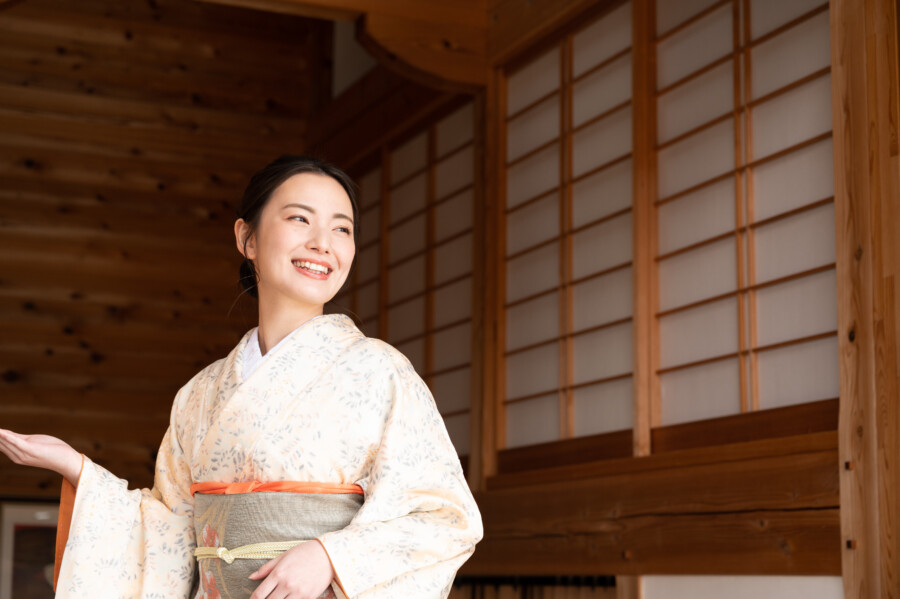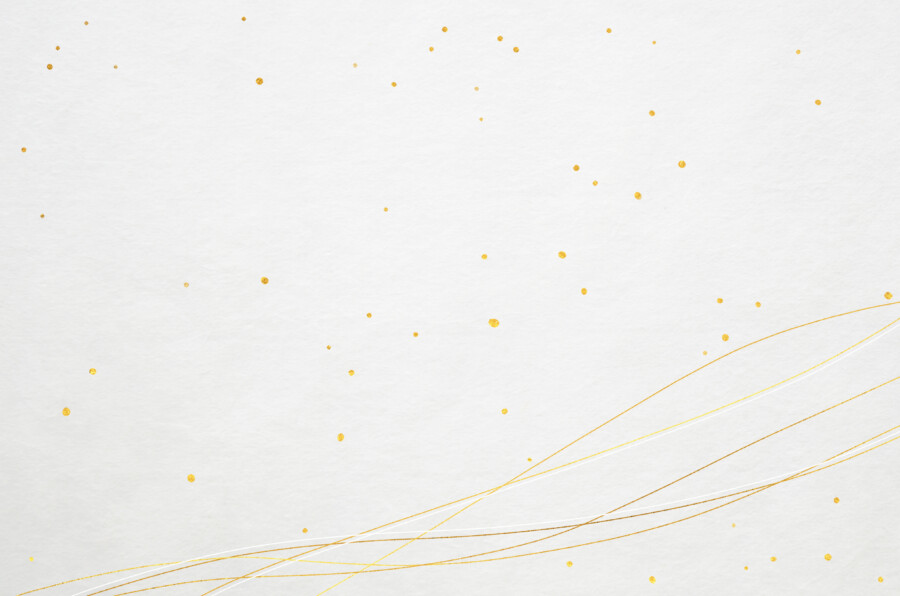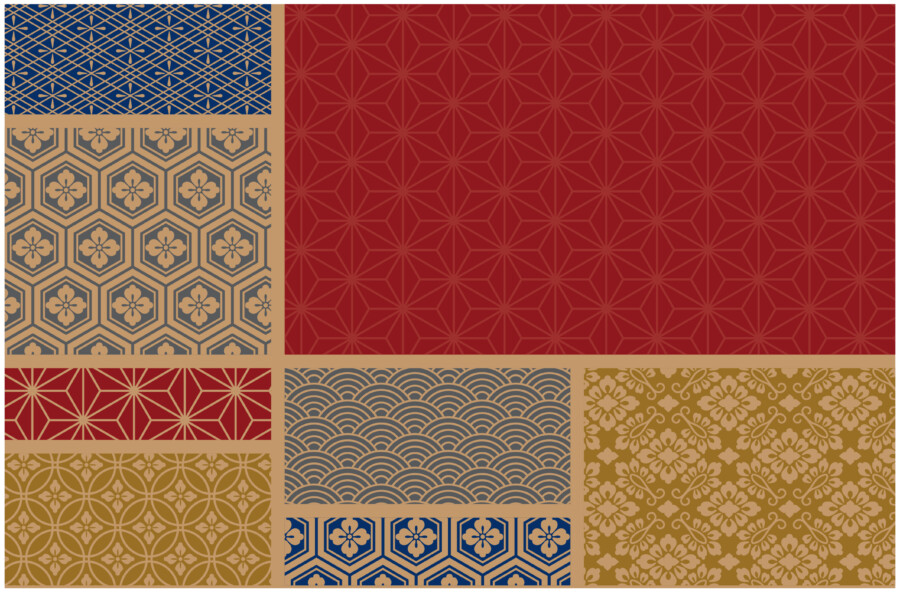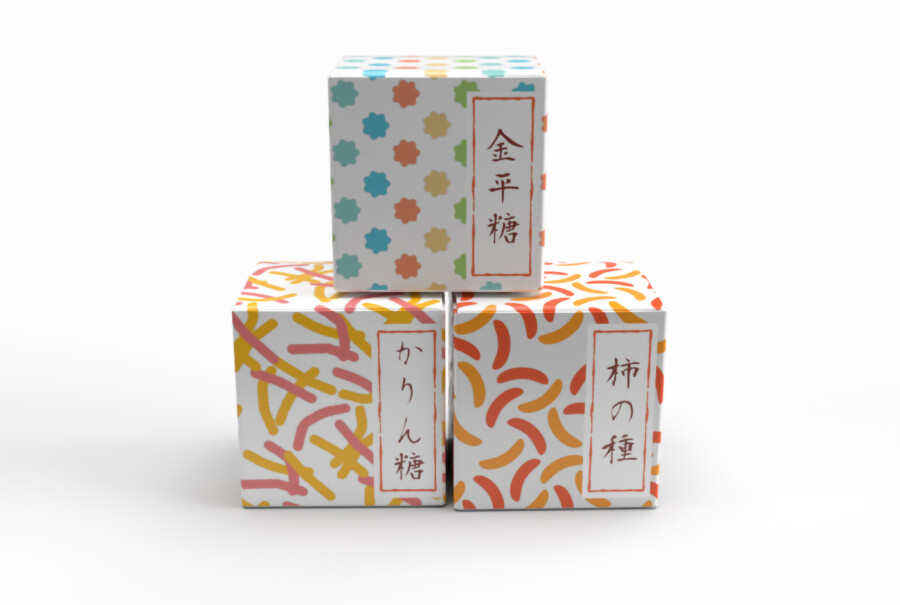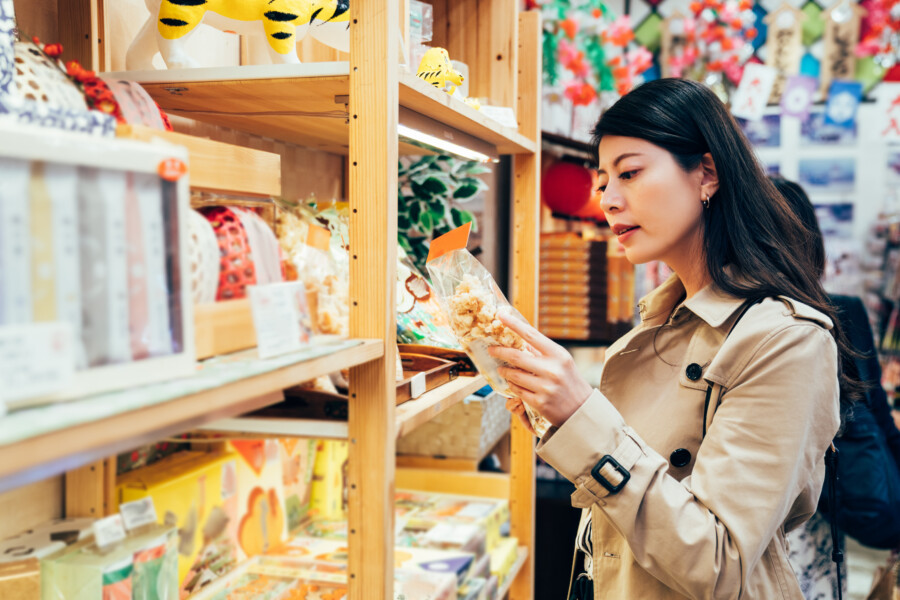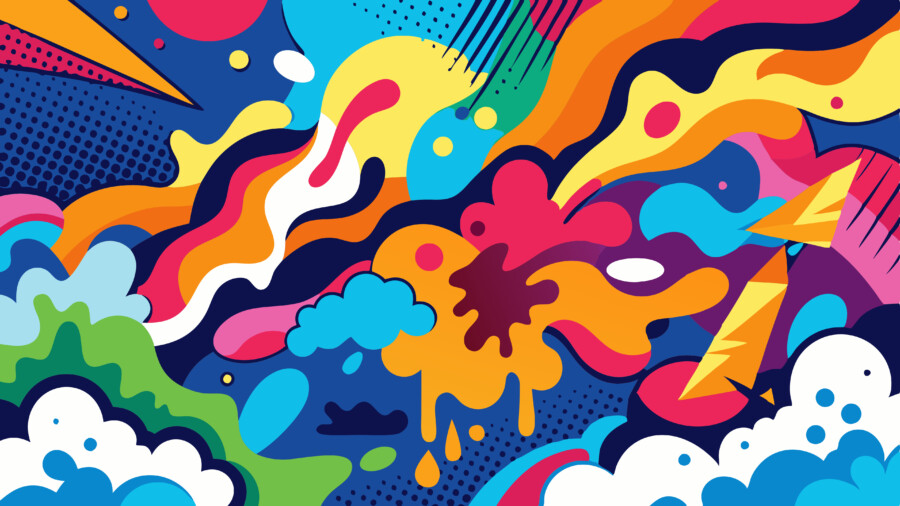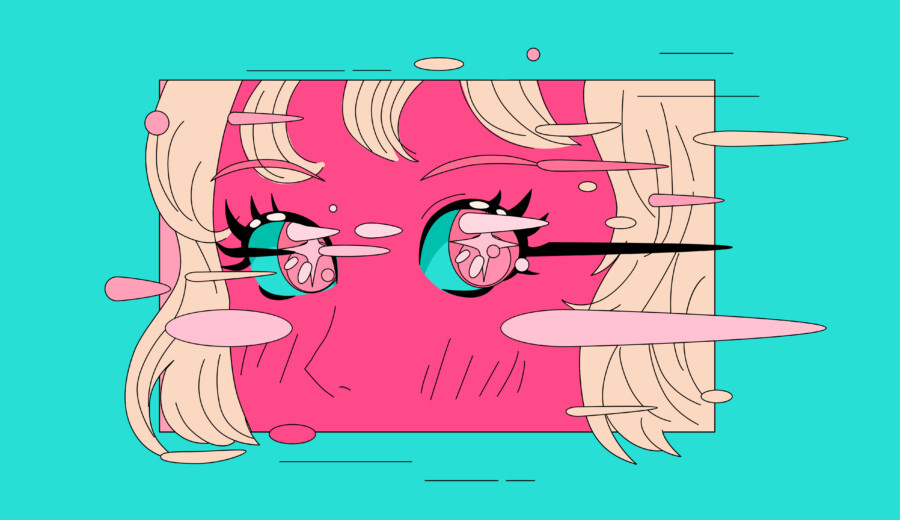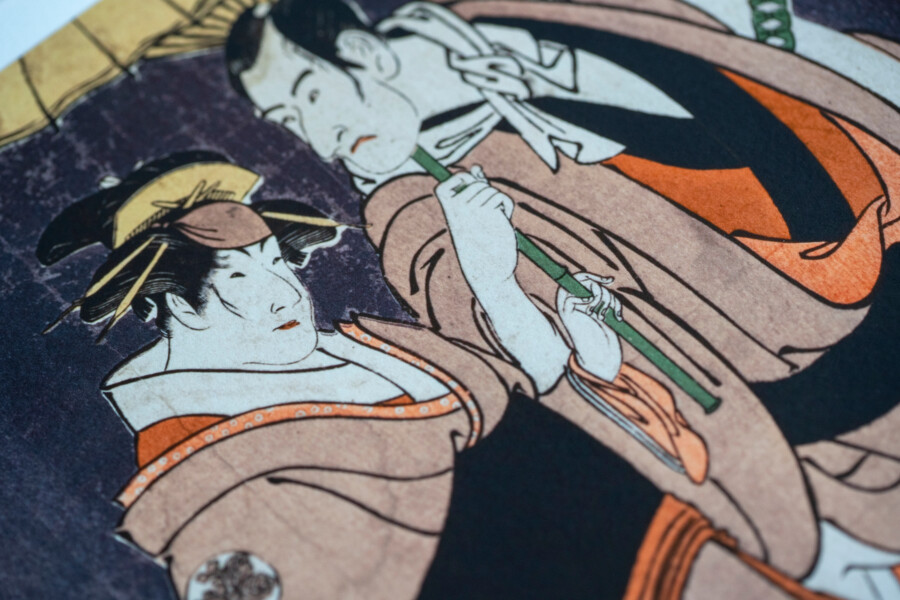
AI Meets Ukiyo-e: Can Algorithms Recreate Traditional Japanese Art Styles?
Ukiyo-e, the iconic woodblock print style that flourished during Japan’s Edo period, has fascinated art enthusiasts around the globe for centuries. From its dynamic compositions and vibrant colors to its subtle gradations, Ukiyo-e masters like Hokusai and Hiroshige captured everyday life, scenic landscapes, and popular culture with remarkable detail and beauty. But now, in an era defined by algorithms and machine learning, a curious question arises: can AI recreate these timeless prints with the same allure? This article explores the marriage of modern technology and ancient technique, examining both the promise and the limitations of AI-driven art in the realm of Ukiyo-e.
Kanji-Inspired Package Artwork
The Allure of Ukiyo-e
Before diving into algorithms, it’s worth understanding what makes Ukiyo-e so captivating. The term “ukiyo” translates to “floating world,” referencing the fleeting nature of human experiences and the pleasure-seeking lifestyle of Edo-period urban culture. Ukiyo-e artworks are primarily woodblock prints, often produced in large quantities and sold inexpensively, which allowed them to reach a wide audience. Because of this, the genre was an early form of popular art, featuring scenes of kabuki theater, courtesans, daily city life, and famous travel routes.
One key aspect of Ukiyo-e is its bold yet balanced use of color. Ukiyo-e prints typically employed natural dyes and pigments, resulting in a distinctive palette that remains visually stunning even centuries later. Another hallmark is the unique approach to perspective, where depth perception is less rigid than in Western art, lending each scene a slightly surreal quality. These stylistic elements—bold lines, vibrant tones, and stylized perspectives—are precisely what makes Ukiyo-e so recognizable.
How AI Approaches Traditional Art
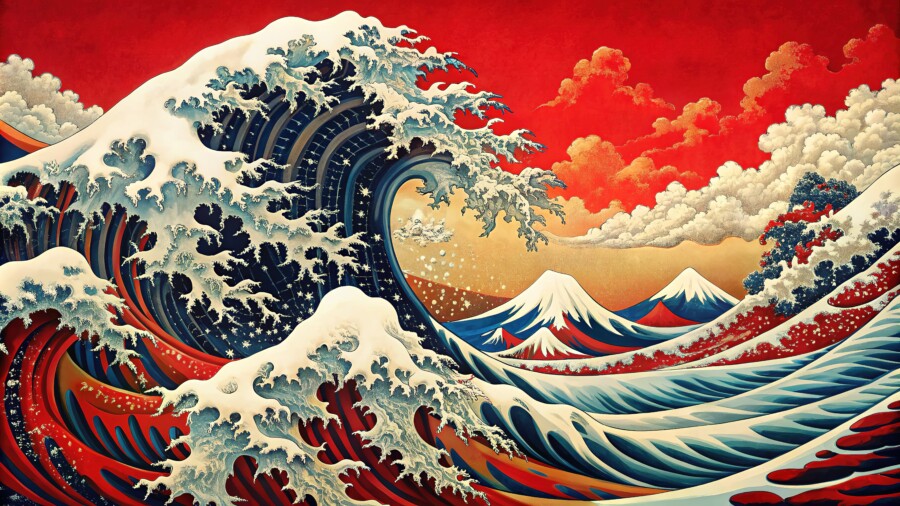
AI’s capability to produce convincing images has grown dramatically over the past few years. With machine learning models like Generative Adversarial Networks (GANs) or diffusion-based models, it’s possible to “train” an algorithm on thousands of Ukiyo-e prints, teaching it to understand the characteristic colors, linework, and subject matter typical of the genre. In essence, the AI learns to detect patterns—like how the sea might be depicted with bold lines or how the skyline might appear in a gradient of blues and yellows.
Once trained, these models can generate new images that mimic traditional Ukiyo-e aesthetics. For instance, you could input a modern cityscape photograph, and the AI would “translate” it into a scene that resembles an 18th-century woodblock print. Or, given a prompt such as “a cat in a kimono under cherry blossoms,” the AI would produce an original illustration that fuses Ukiyo-e techniques with the given concept. The results can be surprisingly authentic, with colors, compositions, and even brushstroke-like textures that echo the traditional style.
Key Challenges and Limitations
However, recreating Ukiyo-e is not as simple as feeding a machine some data and pressing a button. First, the original woodblock process involves physical craftsmanship that is almost impossible to replicate in the digital realm. A traditional Ukiyo-e print goes through multiple stages of carving and printing, each conducted by skilled artisans. The subtle inconsistencies and tiny imperfections in the wood and ink are intrinsic to the final artwork’s warmth and character.
AI-generated prints, by contrast, often appear too smooth or too “perfect.” While some models include functionality to introduce random noise and imperfections, they still struggle to capture the intangible elements of handmade art—the groove of a carving tool or the unique grain of a woodblock. Additionally, many historical Ukiyo-e works were produced under specific cultural contexts, often reflecting social norms, religious influences, or political events of the time. AI, on the other hand, lacks true cultural awareness. It replicates the style but cannot genuinely grasp the historical nuances behind each image.
Lastly, there is the issue of authenticity. Since an AI model is trained on existing artworks, there is an inherent risk that it may overfit to patterns from famous prints rather than producing something genuinely fresh. When does an AI-generated piece become mere imitation? And at what point could it be considered art in its own right? These questions remain open-ended.
Ethical and Cultural Considerations
Any conversation about AI recreating traditional art must consider the ethical and cultural dimensions. Ukiyo-e was not just a style but a reflection of its era, its creators, and its audience. Deploying AI to recreate—or even mass-produce—Ukiyo-e-style images can raise concerns about cultural appropriation and the dilution of traditional practices. If anyone with a computer and a neural network can pump out hundreds of “Ukiyo-e-inspired” pieces, what happens to the value of the form?
In addition, there’s a risk of misrepresenting or simplifying the cultural significance of Ukiyo-e. Because AI tools rely on pattern recognition, they tend to replicate the most obvious aspects—such as exaggerated outlines or vivid color gradations—while omitting more subtle thematic or symbolic elements. As a result, the technology might perpetuate stereotypes or reduce the art to a superficial mimicry.
On the other hand, AI could serve as a tool for cultural preservation. Algorithms can help restore old prints by filling in missing colors or reconstructing damaged areas. They can also bring global attention to traditional art forms and spark new generations of artists to explore heritage styles. Ultimately, the ethical dimension lies in how the technology is used and credited. Collaboration with historians, craftsmen, and cultural organizations can ensure AI’s involvement remains respectful and educational rather than exploitative.
AI as a Source of Inspiration
Despite these challenges, AI can be an exciting tool for artists seeking fresh inspiration. Painters and designers who admire the Ukiyo-e aesthetic might use AI-generated references to experiment with new compositions and color palettes. In this context, the AI becomes a creative partner—less about “copying” traditional art and more about evolving it. By leveraging the speed and range of machine-generated variations, artists could discover unconventional forms and push the boundaries of what Ukiyo-e can be in a modern context.
Moreover, AI can merge different artistic traditions. Imagine combining Ukiyo-e with Renaissance chiaroscuro, or layering traditional Japanese motifs over pop-art influences. These cross-cultural mashups could give rise to something entirely new, fueled by the generative power of machine learning. In this sense, the debate shifts from “Can AI recreate Ukiyo-e?” to “What new artistic horizons can AI uncover?”
Future Directions
The field of AI art is still rapidly evolving. As models become more sophisticated, they may be able to replicate subtler elements of traditional prints—like the brush-like gradations or the tactile texture of handmade paper. We might see AI systems that incorporate contextual understanding, taking into account historical and cultural cues to generate prints that feel more authentically grounded in Edo-period life.
Another area to watch is the intersection of physical craftsmanship and digital technology. Some pioneering artists and researchers are already exploring ways to translate AI-generated designs into handmade prints, blending computational creativity with the tactile skill of carving woodblocks. These collaborations could strike a compelling balance between preserving tradition and embracing modernity, ultimately bringing Ukiyo-e to contemporary audiences in a fresh light.
Conclusion
In the end, AI can indeed mimic many aspects of Ukiyo-e, from the bold outlines and vivid hues to the overall composition. However, whether AI can genuinely capture the spirit and cultural depth that make Ukiyo-e so timeless remains debatable. The art form was born from a specific historical context, shaped by the hands of skilled artisans and storytellers who recorded the pulse of their society.
Still, this does not diminish the potential for AI to serve as a powerful resource—for restoration, for innovation, and for extending the global reach of Japanese artistic traditions. Perhaps the real question is not whether AI can fully replicate Ukiyo-e, but how it can enrich and evolve the conversation around it. The floating world, after all, was about embracing impermanence and the wonder of fleeting moments. Maybe AI’s exploration into Ukiyo-e is just another chapter in the art form’s unfolding story—an ongoing testament to the delicate balance between tradition and innovation.




